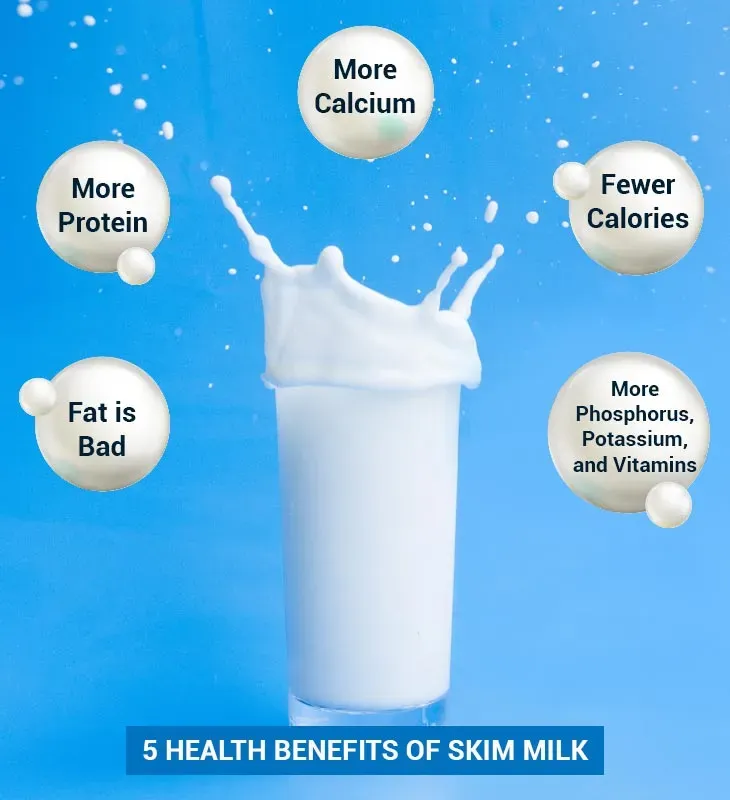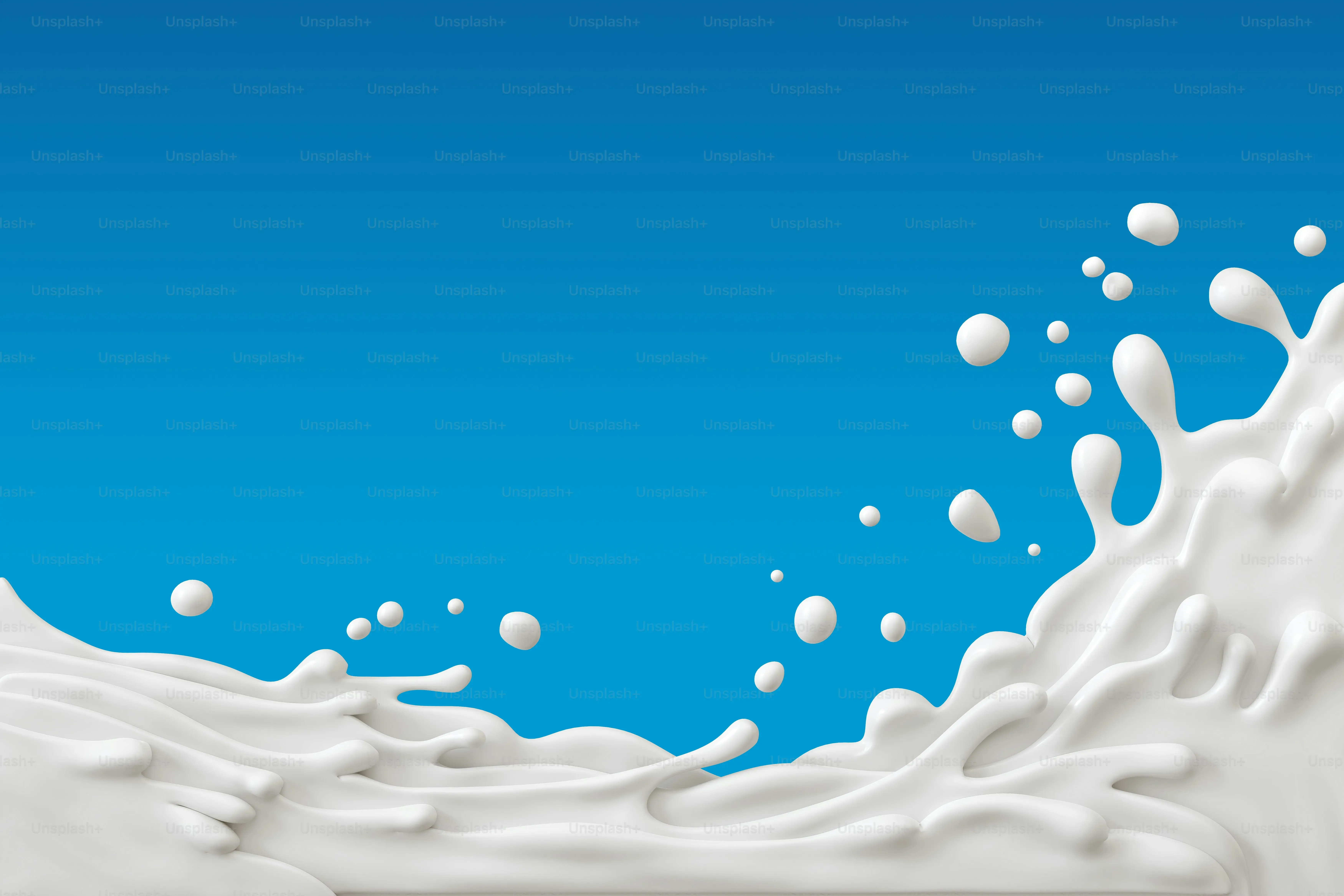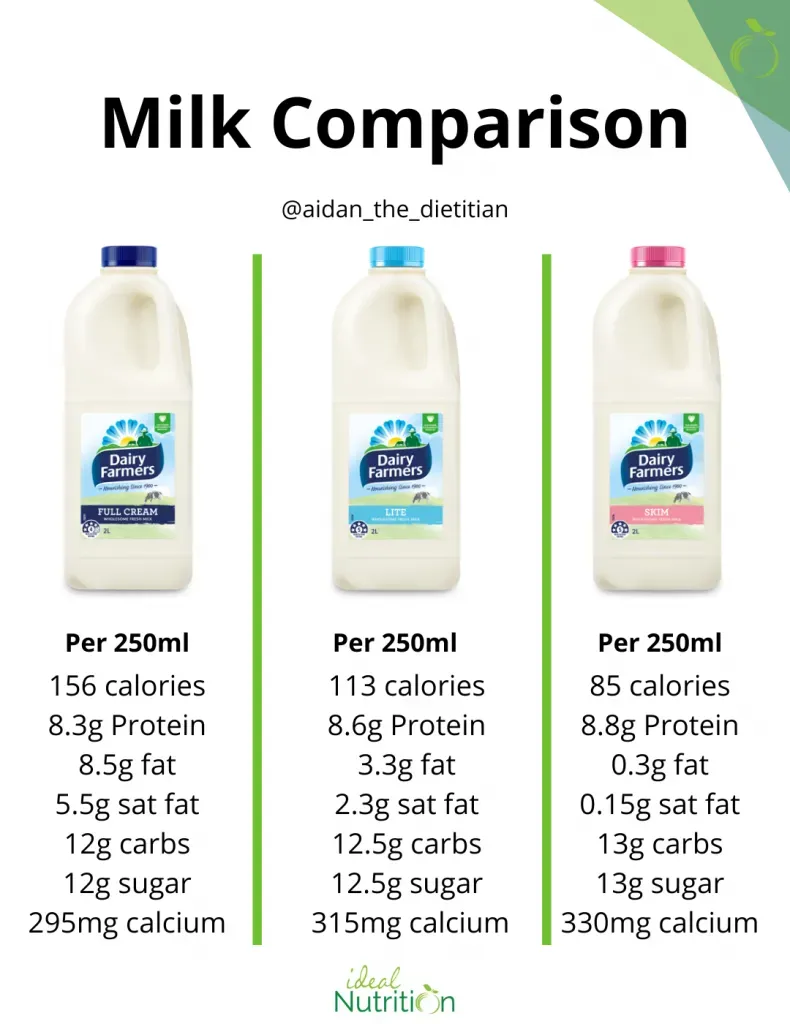Table of Contents
For years, we were told to ditch the full-fat dairy and reach for the skim or low-fat options. It was the golden rule for cutting calories and saturated fat, supposedly the express lane to better heart health. But lately, you might have noticed the conversation shifting. Suddenly, that carton of 2% or skim milk doesn't seem like the automatic "healthy" choice it once was. People are asking: Is low fat milk good for you, or did we get the whole dairy fat story wrong?
Is Low Fat Milk Good For You? The Shifting Dairy Debate

Is Low Fat Milk Good For You? The Shifting Dairy Debate
The Old Guard: Fat is Bad, Right?
Remember the late 20th century? Dietary fat was the enemy. The official word came down: cut fat, especially saturated fat, to save your heart. Milk, being a source of saturated fat, got the low-fat makeover. Skim and 2% milk became the darlings of the dairy aisle, pushed by health organizations and government guidelines alike. The thinking was simple: less fat equals fewer calories and less of the stuff linked to clogged arteries. So, if you were asking "Is low fat milk good for you?" back then, the answer from most experts was a resounding "Yes, absolutely, choose it over whole milk." It felt like settled science, a done deal.
Cracks in the Foundation: Questioning the Low-Fat Mandate
Fast forward a couple of decades, and that "settled science" started looking a bit shaky. Researchers began noticing things that didn't quite fit the neat low-fat narrative. Studies emerged suggesting that people who ate full-fat dairy weren't necessarily having more heart attacks. Some even showed potential benefits. The focus started shifting from just the *amount* of fat to the *type* of fat and, crucially, the food itself. The matrix of nutrients in milk – calcium, protein, vitamins, and yes, fat – interacts in complex ways. This has led to a significant debate, making the question, "Is Low Fat Milk Good For You? The Shifting Dairy Debate," a hot topic in nutrition circles today. The simple answer isn't so simple anymore.
Here's a quick look at how the conversation has evolved:
- Old View: All saturated fat is bad. Cut it wherever possible.
- Old Dairy Advice: Choose skim or low-fat milk to minimize saturated fat and calories.
- New View: The effect of saturated fat depends on the food source and overall diet.
- New Dairy Discussion: Full-fat dairy might not be the villain once thought, and may even offer unique benefits.
Decoding Dairy Fat: Saturated vs. Other Types

Decoding Dairy Fat: Saturated vs. Other Types
Beyond Just "Fat": What's In There?
so when we talk about dairy fat, most of the historical fuss centered on saturated fat. Think of it like this: fats are made of fatty acids, and saturated fatty acids are the ones where the carbon chain is "saturated" with hydrogen atoms, meaning no double bonds. In milk, the main players in the saturated fat department are things like palmitic acid and stearic acid. For decades, the prevailing wisdom was that these specific types of fats, especially saturated ones, directly raised your "bad" LDL cholesterol, and higher LDL meant higher heart disease risk. Simple equation, right? So, reducing saturated fat meant reducing risk, and low-fat milk had less saturated fat. Case closed... or so they thought.
It's Not Just Saturated: The Supporting Cast of Fats
But milk fat isn't *just* saturated fat. Not by a long shot. It also contains a decent amount of monounsaturated fats, the kind you find in olive oil, and some polyunsaturated fats, including small amounts of those trendy omega-3s, particularly in grass-fed varieties. The proportions vary slightly depending on the cow's diet and the milk's processing. Why does this matter? Because these other fats don't behave like saturated fat in the body. Monounsaturated and polyunsaturated fats are generally seen as beneficial for heart health, potentially helping to lower LDL cholesterol. So, when you remove fat from milk to make it "low-fat," you're not just removing saturated fat; you're also reducing these other types.
Here's a quick breakdown of the main fat types in milk:
- Saturated Fat: Makes up the largest portion (around 60-70% of the total fat). The one historically linked to higher LDL.
- Monounsaturated Fat: About 25-30% of the total fat. Considered heart-healthy.
- Polyunsaturated Fat: A smaller amount, including some omega-3s and omega-6s. Also generally considered heart-healthy.
Why the Mix Matters: The Milk Fat Globule
Here's where it gets interesting and where the simple "cut the fat" advice started to fray. These fats in milk aren't just floating around randomly. They're packaged inside tiny structures called milk fat globules. These globules have a complex membrane surrounding them, containing various proteins and other bioactive compounds. Some research suggests that the *structure* of these globules and the *combination* of fats within them might influence how the body processes the fat and absorbs other nutrients. So, simply isolating and measuring the saturated fat content might not tell the whole story of milk's effect on health. This complex interplay is central to truly Decoding Dairy Fat: Saturated vs. Other Types and understanding if low-fat milk is truly the superior choice.
Official Advice: Why Was Low Fat Milk Recommended?

Official Advice: Why Was Low Fat Milk Recommended?
The Lipid Hypothesis Takes Hold
let's rewind to the mid-to-late 20th century. The dominant theory driving dietary advice was the "lipid hypothesis." The simple version? Eating saturated fat and cholesterol directly raises your blood cholesterol, and high cholesterol causes heart disease. It seemed logical enough at the time. Public health officials and researchers, genuinely trying to combat rising rates of heart attacks, looked at the major sources of saturated fat in the typical diet. Dairy, particularly whole milk, butter, and cheese, contained a good amount of it. The conclusion was swift and seemingly obvious: cut back on these foods, or at least choose the versions with less fat. This was the primary engine behind the push, asking "Is low fat milk good for you?" and answering with a firm YES based on this prevailing theory.
Government Guidelines and Health Organizations Weigh In
This wasn't just a fringe idea; it became official policy. Major health organizations like the American Heart Association and government bodies responsible for dietary guidelines, such as those in the United States, started recommending low-fat or fat-free dairy products as part of a heart-healthy diet. These recommendations were based on the best available science *at that time*, heavily influenced by the lipid hypothesis. The advice was clear, consistent, and widely disseminated through public health campaigns, school programs, and even doctor's offices. It wasn't malicious; it was the standard medical and nutritional thinking of the era. The message was simple: swap whole milk for skim, butter for margarine (oh, the irony!), and generally slash dietary fat.
- Key Reasons for Low-Fat Milk Recommendation:
- Reduce overall calorie intake.
- Minimize saturated fat consumption.
- Lower blood cholesterol levels.
- Adhere to the dominant lipid hypothesis of the time.
- Align with national dietary guidelines focused on fat restriction.
Becoming the Default: How Low-Fat Conquered the Aisles
This official backing solidified low-fat dairy's place in the market and in our minds. Food manufacturers responded by flooding the shelves with low-fat and fat-free versions of everything, not just milk. Supermarkets dedicated entire sections to "light" or "reduced-fat" products. Consumers, wanting to do the right thing for their health and following trusted advice, gravitated towards these options. The question "Is low fat milk good for you?" stopped being a question for many and became an accepted truth, part of the standard nutritional playbook for decades. It was a powerful public health campaign, successful in changing habits, even if the scientific foundation it stood on wasn't quite as solid as everyone believed.
Beyond the Fat: Calcium, Protein, and Your Diet

Beyond the Fat: Calcium, Protein, and Your Diet
More Than Just Fat: The Nutritional Powerhouse Within
so we've spent a lot of time dissecting the fat situation, but let's not forget that milk brings more to the party than just lipids. Long before the low-fat craze, milk was touted, rightly so, as a fantastic source of calcium. We need calcium for strong bones, obviously, but it's also critical for nerve function, muscle contraction, and blood clotting. Most folks don't get enough of it from other sources, and milk delivers it in a highly absorbable form, packaged with vitamin D (often added) which helps you actually use that calcium. Then there's the protein. Milk is a complete protein source, meaning it contains all nine essential amino acids your body can't make on its own. Protein is vital for building and repairing tissues, making enzymes and hormones, and keeping you feeling full. So, while we're busy arguing about whether the fat is good or bad, let's acknowledge the foundational nutritional value that milk, regardless of fat level, provides. Focusing solely on the fat means missing the bigger picture of what milk offers Beyond the Fat: Calcium, Protein, and Your Diet.
So, Is Low Fat Milk Good For You? Finding Your Balance

So, Is Low Fat Milk Good For You? Finding Your Balance
The Answer Isn't a Simple Yes or No Anymore
After diving into the history and the science, it's clear the question, "So, Is Low Fat Milk Good For You? Finding Your Balance," doesn't have the straightforward "yes" we used to hear. The rigid adherence to low-fat dairy, born from a simplified view of saturated fat, is giving way to a more nuanced understanding. We know now that the fat in milk is complex, packaged in unique structures, and consumed within the context of an entire food and an entire diet. Simply stripping out the fat doesn't automatically make milk "healthier" for everyone in every situation. It removes calories, yes, and saturated fat, sure, but also potentially beneficial fatty acids and changes the way the remaining nutrients are processed. The black and white faded into a distinct shade of gray.
Consider Your Whole Plate, Not Just Your Glass
Ultimately, whether low-fat milk is "good for *you*" depends heavily on your individual dietary patterns and health goals. Are you getting saturated fat from five other sources throughout the day? Then perhaps choosing lower-fat dairy makes sense for managing your total intake. Is dairy one of your primary sources of calcium and protein, and you otherwise eat a diet rich in fruits, vegetables, and lean proteins with moderate saturated fat? Then perhaps whole or 2% milk fits perfectly fine. The conversation has moved beyond demonizing one nutrient in isolation. It's about the overall nutritional profile of your diet and how dairy, in any form, contributes to it. Don't get so hung up on the milk fat percentage that you ignore the rest of your plate.
Here's a quick mental checklist when choosing your milk:
- What does the rest of my daily diet look like regarding saturated fat?
- Am I prioritizing nutrient-dense foods overall?
- Do I have specific health conditions (like high cholesterol or heart disease) where saturated fat is a major concern?
- Which type of milk do I actually enjoy and will consistently consume for its calcium and protein?
- Am I getting calcium and Vitamin D from other sources?
Finding Your Dairy Sweet Spot
So, is there a definitive answer on whether low-fat milk is superior? Not really, not anymore. For some, particularly those needing to strictly limit saturated fat due to specific health issues, it might still be the recommended choice by their doctor or dietitian. For others, fitting moderate amounts of 2% or even whole milk into a balanced diet presents no apparent downside based on current research and might even offer benefits from the full fat matrix. The key is moderation and context. Read labels to understand the saturated fat content per serving and consider how it fits into your daily total, aiming for variety in your diet as a whole. Don's default to low-fat just because someone told you to 30 years ago. Make an informed choice based on your needs and the updated science.
So, Is Low Fat Milk Good For You? It Depends.
After years of being told low fat was the only way, the picture is clearly more complicated. The science has moved on from simply demonizing fat. While reducing saturated fat intake remains a general health guideline, especially for those with specific heart conditions, the context of the entire food and your overall diet matters immensely. Blindly choosing low-fat dairy doesn't automatically guarantee better health outcomes, just as including some full-fat dairy doesn't automatically condemn you. Ultimately, whether low fat milk is "good for you" isn't a simple yes or no; it's about balancing nutrient needs, considering your personal health profile, and fitting dairy into a varied eating pattern that works.
